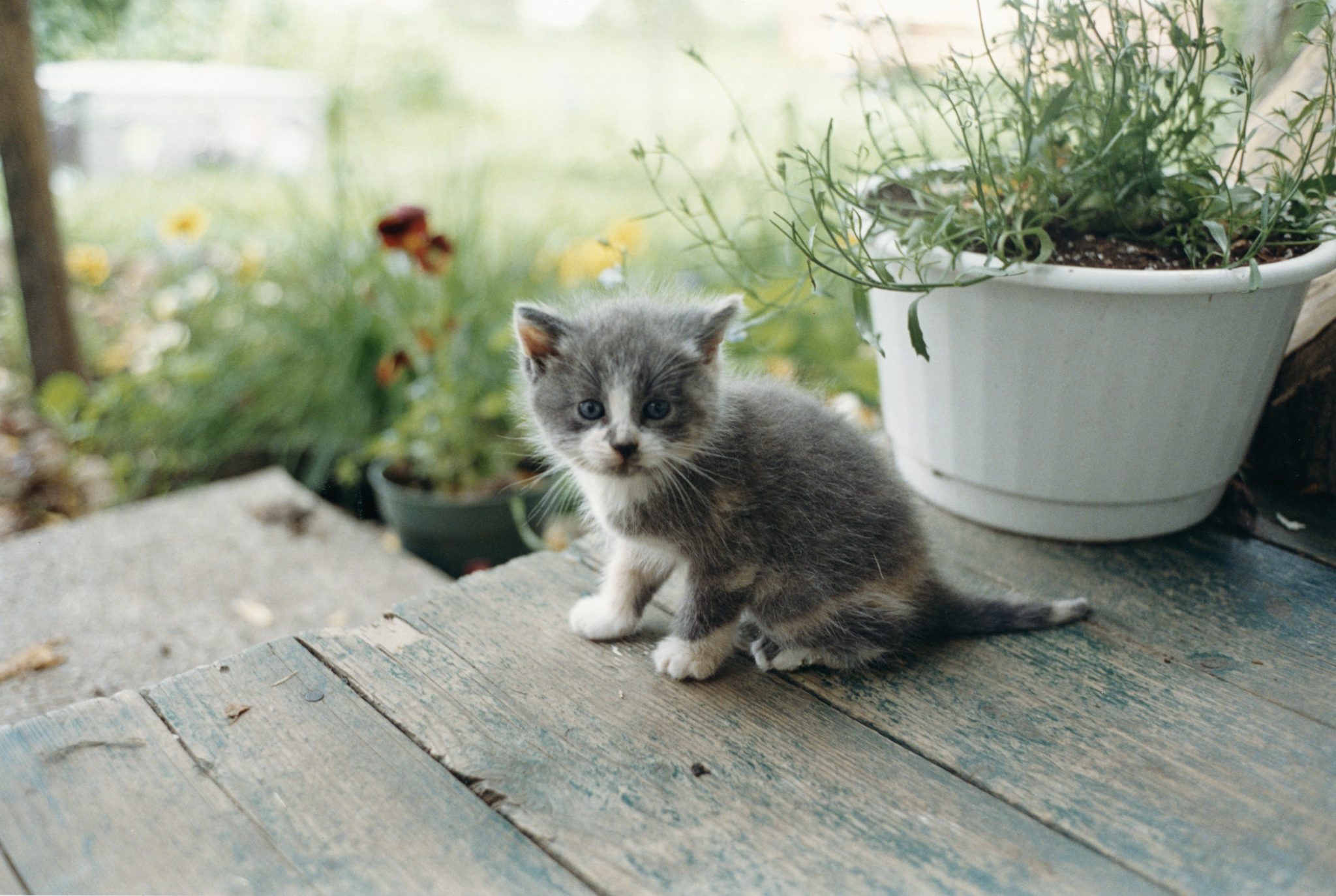Most sentient beings know that Greece has seen much better times. At the same time there’s still a palpable – and reassuring – buzz in Athens’ contemporary art scene. That energy descended on Art-Athina, back this year after a one-year hiatus, in the form of lively crowds. Lay visitors abounded, as did local artists and enthusiasts, a busload of international symposium speakers and imported VIPs, and even a few important local collectors, like Dakis Joannou.
Beyond healthy crowds, though, this fair wasn’t one that would win a numbers game. I asked gallerists about sales, and one answer seemed to prevail: “Well … (long pause) it’s not great, but it’s not horrible.” Okay, one gallerist told me it was horrible. At the same time, Christina Androulidaki, who opened gallery CAN eleven months ago, was pleased with several reserved pieces hours into the fair. Booths apparently cost 40 percent less than in years past; artwork prices weren’t exactly high either (the Greek press mentioned many pieces were priced a good 20 percent under market with discounts readily offered; blankets by James Franco were running for a rock-bottom €300). The 45 exhibitors were down from 60 in 2011.
Art-Athina was thus mercifully compact; the warren of booths on the ground floor of Faliro Arena near Athens’ southern coastline looked like a small glowing labyrinth from the mezzanine above. There, with a few exceptions, mostly Greek galleries showed mostly Greek artists. Eleni Koroneou gallery showed Berlin-based photographer Christina Dimitriadis’s series of images of a lonely woman in an antique dressing gown, as well as young painter Eirene Efstathiou’s groupings of small-format paintings, essentially vignettes of Greek history and politics.
less like a fair and more like a much-needed festival
The Breeder showed only editions, including eerie posters by Greek street artist HOPE and intriguing hanging sculptures in black yarn by Thanos Kyriakidies (a.k.a. ‘Blind Adam’). The artist, who is indeed visually impaired, knots the strands, creating a tactile Braille-like system. Rebecca Camhi showed a tightly-edited mix of pieces by Sean Landers (not Greek, I know) and a striking print by the local multimedia artist Angelo Plessas.
What seemed missing in the booths were international galleries, but curator Marina Fokidis’s group show Open Form, at the edge of the ground floor, integrated a few outstanding ones, like Sadie Coles from London or Peres Projects in Berlin. The show featured videos by the likes of Roman Signer, an oversize kitten photo by Juergen Teller, and works by Yael Bartana, but the hands-down crowd-pleaser was Bulgarian artist Nedko Solakov’s Optimist Stories, a series of 123 sepia and ink drawings combining text and image into a diary of economic crisis, courtesy of Arndt Gallery (Berlin/Singapore) and especially resonant here… still.
Up on the mezzanine, artist-run spaces drew crowds (one called DaDaDa performatively served fresh schnitzel on Saturday, courtesy of its Austrian collaborators). Another show called Paradise Lost, curated by local artist Artemis Potamianou, featured younger artists culled from the galleries’ rosters. Fokidis’ two-day symposium saw both English-language panels discussing the importance and problems of biennials and art institutions (with a long list of biennial and institutional movers and shakers), and Greek presentations of local events.
Like the fair, the sessions were nearly always full. But strangely, Art-Athina 2013 felt less like a fair and more like, say, a much-needed festival or showcase offering a pulse-check of the state of Greek arts. In the midst of a dire regional crisis coupled with the global corporatisation of the mega art fairs, you start wondering about the state of all the smaller art fairs, not just Art-Athina which, having been launched in 1993 by the Hellenic Association of Galleries, is one of Europe’s most established. Is it financially viable to mount a fair here, or anywhere, anymore?
One could say that small and midsize fairs (and small and midsize galleries, when you take the idea further) are analogous to today’s middle class; they struggle for financial viability and stability, yet are extremely important to regional art production and discourse. Art-Athina has secured funding for the next couple of years, but it might be worth reconsidering its format and purpose for the longterm (which of course also depends on outside economic and political factors). One thing that continues to impress is the incredible energy and potential of Athens’ visual art scene – the exuberant, no-budget Kunsthalle Athena (also run by the indefatigable Fokidis), or grass-roots events like the Athens Biennale, or the private initiatives behind art platform Remap. I am reminded of Berlin 20 years ago and how Gallery Weekend Berlin has since grown into a successful sales event. After the first English-language talk session, a Greek listener beseechingly asked: “Why isn’t the international art world interested in Greek art?” The first answer to pop into my mind was: Why doesn’t the Greek artworld know that we are interested!
For more information on Art-Athina see here
